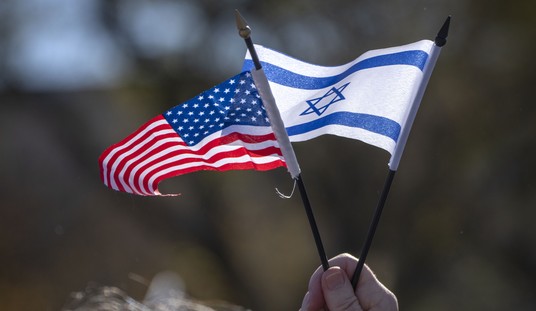Even before Hurricane Fiona had made landfall in Puerto Rico this weekend, its outer bands of wind and rain had plunged Puerto Rico and its some three million residents into darkness, the result of a full and complete failure of the island's power grid.
As of Monday afternoon, only around 100,000 customers had their power restored but an overwhelming majority of the island was still in the dark, bringing back memories of the island's power failures during and after Hurricane Maria lashed Puerto Rico in 2017.
Now, there are a lot of questions about Puerto Rico's latest electrical woes, namely: How did the entire island end up plunged into darkness again when Category 1 Hurricane Fiona grazed a corner of Puerto Rico — years since Maria landed a direct hit as a Category 4 hurricane — after the federal government dumped billions of dollars into rebuilding Puerto Rico's grid?
As Bloomberg noted, "[s]ince Maria hit, the federal government directed $9.5 billion [in taxpayer] dollars to repair the system," but, as the weekend's blackout demonstrated, that money hasn't gone into, well, fixing anything. That's because, as usual, the clumsy and ineffective federal bureaucracy is "moving at a glacial pace."
Bloomberg explains:
Recommended
Of the billions allocated for the electrical grid, only about $40 million has been disbursed, according to FEMA Associate Administrator Anne Bink.
The slow pace is not limited to the island’s power authorities. Of the $21 billion that FEMA has designated for public assistance projects overall in Puerto Rico, only 2% has been spent, said Chris Currie, a director in the Government Accountability Office’s Homeland Security and Justice Team.
Clearly, things have not gone well with the execution by — or oversight of — Luma, the "private consortium of Atco Ltd. and Quanta Services Inc., working with Innovative Emergency Management Inc" that received some $1.5 billion in a 15-year contract last spring based on a promise "to unlock federal funding and speed the recovery."
But 15 months into the deal resentment is growing. A recent report by the Center for a New Economy, a local think tank, argued that Luma has not improved service or reduced costs since taking over. Continued blackouts have sparked mass protests from unhappy customers. Global popstar Bad Bunny routinely skewers Luma during his sold out concerts. A powerful faction of Puerto Rico’s legislature -- including House Speaker Rafael Hernandez -- is now actively trying to rescind the contract.
Luma denies it’s falling down on the job and has blamed most of its problems on its predecessor, Prepa, which still controls power generation.
NBC News' reporting on the latest blackout brought further condemnation for government "help," at taxpayer expense, for Puerto Rico:
“Five years later, we are still exposed to the same risk,” [Center for a New Economy Policy Director Sergio] Marxuach, who recently completed an analysis on the state of Puerto Rico’s electric power system, said. “Progress will continue to be slow unless we find a solution” for all involved federal and local agencies to better coordinate with one another.
It's a classic bureaucratic boondoggle that threw money at what is clearly a serious problem with Puerto Rico's grid and has seen no results, both 15 months after the new contract was signed and years after Maria laid bare the island's power issues. And it's not the first time federal aid sent to help Puerto Rico's residents did not do anything to help those for whom it was intended.
As Townhall reported in the wake of Hurricane Maria, "FEMA delivered millions of bottles of water to the island as part of the relief effort" but "hundreds of pallets worth" were never distributed and were later discovered cooking on a runway tarmac by CBS News.
Could Puerto Rico's power woes, and the failure of taxpayer-funded federal aid to do anything meaningful to fortify the grid, have something to do with the Biden administration's agreement with the island to "set a goal" to have "100% renewable electricity by 2050," as NBC News noted in its report on the latest blackout:
In a recent congressional hearing on recovery efforts, Shay Bahramirad, a senior vice president at Luma Energy, said the company had done more in the past 15 months to increase energy efficiency than what had been done in the past decade, including connecting more clients to solar energy.
That sort of goal, and Democrats' beloved "alternative" energy, have not made a name as a reliable or resilient source of power. Its implementation in Puerto Rico also, clearly, has not helped the island keep its lights on and critical infrastructure running. It appears the Biden administration's energy "transition" that has been known as one where "the pain is the point" is also making things worse for Puerto Rico and its dilapidated grid.


